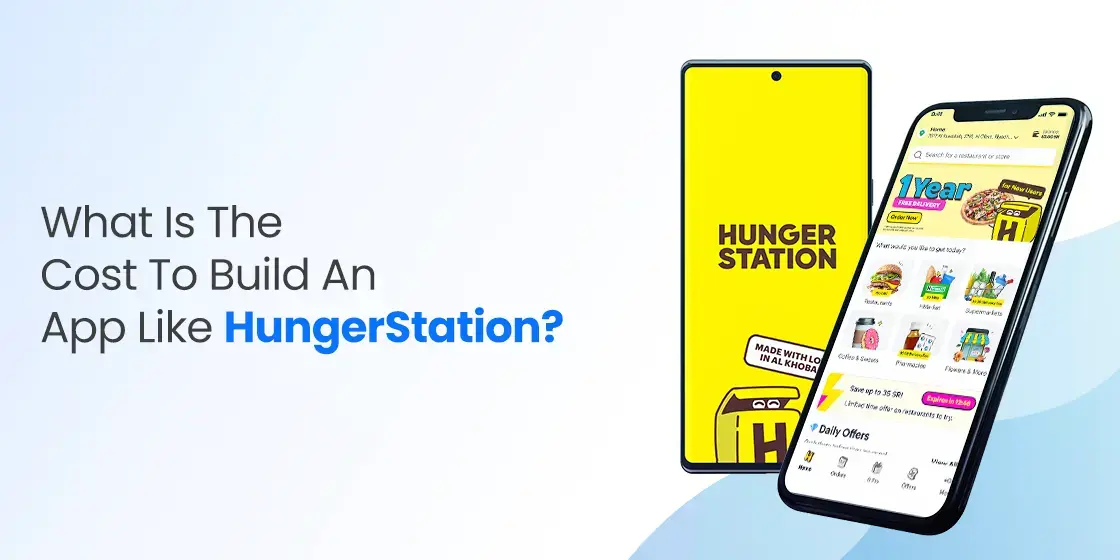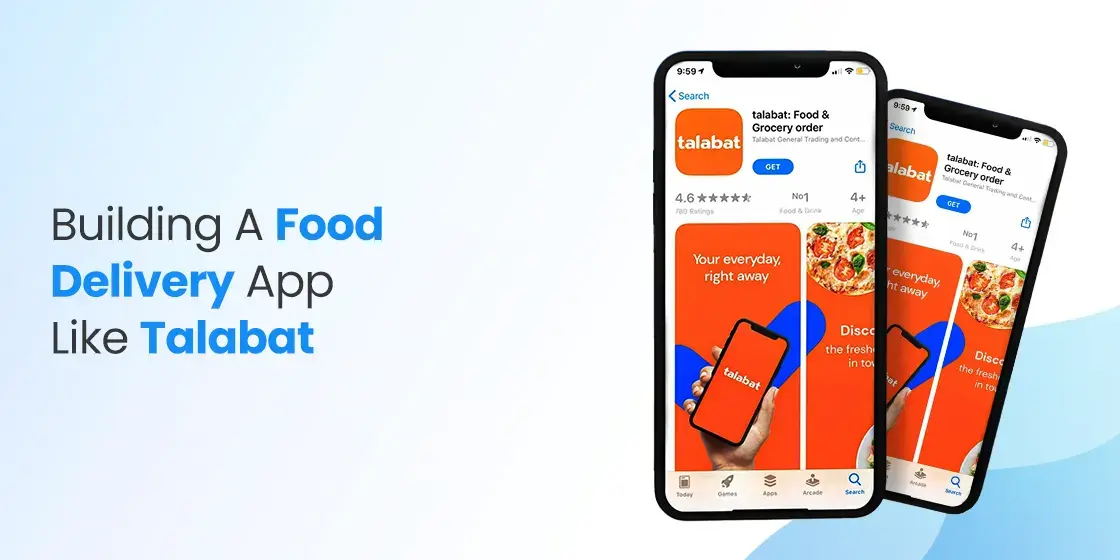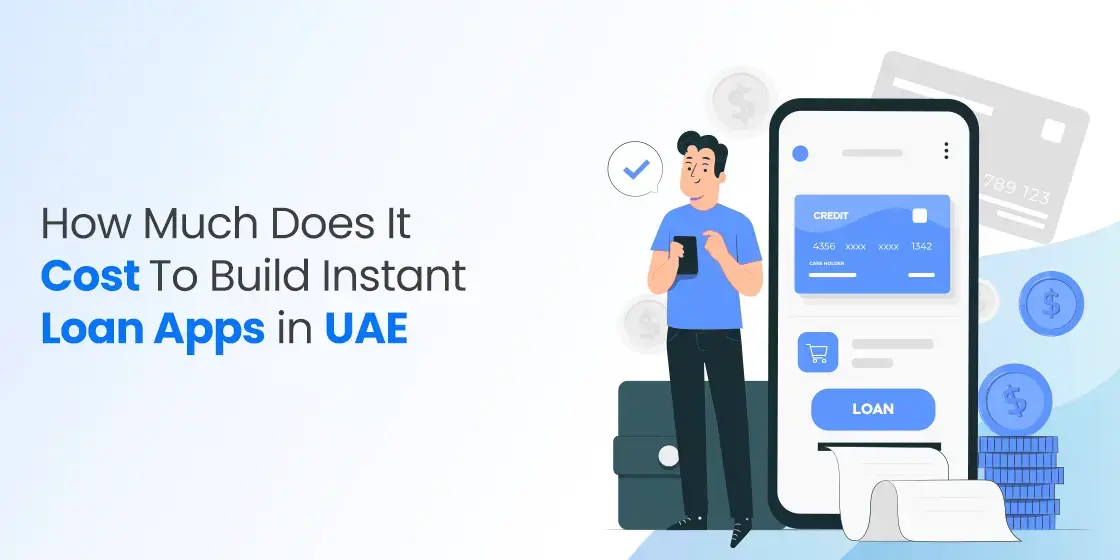Table of Content
Take a Look at the Factors That can Increase the Cost of a Food Delivery App
Online food delivery business has become quite lucrative in different markets around the world. Riding on this trend, apps like HungerStation have become very popular in the industry. Considering its success, many businesses want to build an app similar to this that is both user-friendly and easy to use. The only constraint most of them usually face while developing a food delivery app is the allocation of appropriate budget. Many businesses even do not know the basic cost to build a food delivery app like HungerStation. This often forces them to enter in the development process with a limited budget, and hence false expectations to build a world-class app with it.
Developing an app like HungerStation requires good budget, as well as availability of skilled resources. If you lack having anyone of them, then your project will face various difficulties. It is therefore best recommended to work with professional app development services to build such projects because they offer wealth of expertise. Their project portfolio defines the volume of experience they have in the field working with different types of clients. These agencies posses knowledge as well as resources to build a food delivery app that can facilitate thousands of customers simultaneously.
In this article, we will take a detailed look into the factors that usually affect the cost of app development. By understanding them correctly, you will be able to set aside a reasonable budget that can accommodate these factors efficiently. Let’s start from the basics understanding what is HungerStation and why it has become so popular in the market of online food delivery.
What is HungerStation?
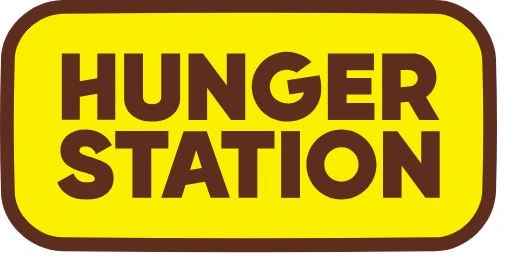
HungerStation is a popular food delivery app based in Saudi Arabia and Bahrain, connecting users to a wide variety of restaurants, cafes, and grocery stores. Launched in 2012, the app provides a platform where customers can browse menus, place orders, and have their food delivered to their doorstep quickly and efficiently. It has grown to become one of the leading food delivery services in the region, known for its user-friendly interface, extensive restaurant network, and fast delivery times.
The app offers a range of features to enhance the user experience, including real-time order tracking, multiple payment options (such as cash, credit card, and digital wallets), and a rating system for customers to provide feedback on both the food and delivery service. HungerStation regularly introduces promotions and discounts, making it an attractive choice for budget-conscious users. Additionally, the app also caters to various dietary preferences and restrictions, allowing users to filter restaurants and dishes based on specific criteria.
HungerStation’s growth has been fueled by its continuous expansion and innovation, offering services beyond traditional food delivery. It now includes a marketplace for grocery delivery and a “Quick Commerce” feature that ensures essential goods are delivered in under an hour. The app has capitalized on the rising demand for convenience in the digital age, solidifying its position as a leader in the food tech industry in the Middle East.
Rising Popularity of HungerStation
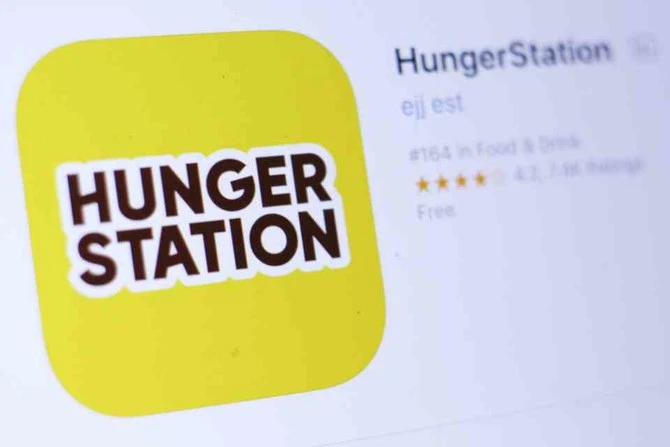
HungerStation app is popular in the market primarily due to its extensive network and variety of choices, offering users access to thousands of restaurants, cafes, and stores across the UAE. This diversity allows customers to choose from a broad range of cuisines and price points, catering to different tastes and dietary needs. The app’s comprehensive reach and partnerships with popular local and international brands make it a go-to platform for users seeking convenience and variety in their dining experiences.
Another key factor contributing to HungerStation’s popularity is its user-centric features and seamless experience. The app offers a simple and intuitive interface, enabling users to place orders quickly and track them in real time. It provides flexible payment options, including cash, credit cards, and digital wallets, which cater to different user preferences. HungerStation’s commitment to customer satisfaction is evident in its responsive customer service, regular promotional offers, and loyalty programs, which help retain customers and attract new ones.
Moreover, HungerStation’s adaptability and continuous innovation have also played a significant role in its market success. The app has expanded its services beyond food delivery to include groceries and essential goods, meeting the growing demand for convenience in everyday shopping. Its quick delivery times and the introduction of services like “Quick Commerce” have positioned it as a reliable and efficient option for customers. By staying ahead of tech trends and focusing on customer needs, HungerStation has built a strong reputation and a loyal customer base in the region.
Factors that Affect the Cost to Build a Food Delivery App Like HungerStation
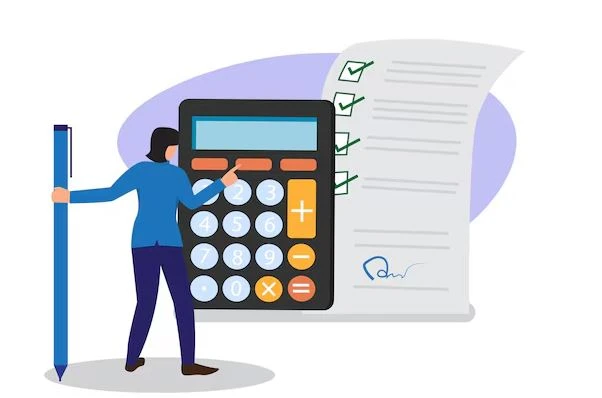
There are various factors that affect the cost to build a food delivery app like HungerStation. Understanding them is important for stakeholders, as these points lets them know how the project’s budget can swell up due to some key reasons. Here are the core factors that usually affect the cost of food delivery app development.
Application Design
The design plan of a food delivery app plays a crucial role in determining its overall development cost. The inclusion of complex features, such as advanced functionalities, sophisticated user interfaces, and custom animations, can substantially increase the expenses involved in creating the app. These elements require more time, specialized skills, and resources to implement, much like the comprehensive design of popular food ordering apps like HungerStation, which have invested heavily in ensuring a seamless and engaging user experience.
Conversely, opting for a simpler design approach with basic functionalities can significantly reduce development costs. This strategy involves fewer design elements, less intricate coding, and a streamlined user interface. However, while a minimalist design might be more cost-effective, it also carries the risk of making the app less competitive. In a market saturated with food delivery apps like Talabat, an overly simplistic design could struggle to attract and retain users, as it may lack the appeal, and convenience that customers have come to expect from established competitors.
Ultimately, finding the right balance between cost and design complexity is crucial. An app with a well-thought-out design that offers both essential and engaging features can help differentiate it in a crowded marketplace. Developers need to consider the target audience, market trends, and specific business goals when deciding on the design plan. By carefully evaluating which features will add the most value for users, businesses can make informed decisions that align with both their financial constraints and their strategic objectives.
Development Platform
Selecting the appropriate platform for a food delivery app significantly influences the overall development cost. The choice between Android and iOS as the target platform is crucial, as each comes with its distinct set of benefits. Android, with its larger global market share, offers access to a broader user base but often requires more extensive testing. In contrast, iOS typically involves a more streamlined development process due to its more uniform ecosystem but may require adherence to stricter guidelines imposed by Apple.
The platform decision impacts several key areas, including the complexity of the app, the time required for development, and the allocation of resources. Developing for Android may involve additional time and resources to ensure compatibility across different devices and OS versions, which can increase the overall cost. On the other hand, iOS development may involve fewer compatibility issues but demands a high level of precision and attention to detail, as Apple’s approval process can be rigorous and time-consuming, potentially adding to the costs in other ways.
Moreover, these factors can influence the distribution of resources among development teams, design specialists, and quality assurance testers. A platform like Android may require more intensive testing and a larger team to handle the range of devices, whereas iOS might demand a higher initial investment in design and development expertise to meet Apple’s strict standards. Consequently, the platform choice should align with the app’s strategic goals, target audience, and budget, as it will directly affect the development timeline and financial planning.
Third Party Integration
Improving the integration of a food delivery app with existing software infrastructures often demands considerable additional investments. This process is critical to ensuring seamless communication between the app and other vital systems, which can include various CRM platforms, payment gateways, and inventory management systems. Without this integration, the app may struggle to function effectively within the broader business ecosystem, leading to operational inefficiencies and a poor user experience.
The integration process involves several steps, starting with the need to customize the app’s architecture to accommodate different data formats. This customization often requires specialized development skills and extended periods of testing to ensure that data flows smoothly between the app and these external platforms. Additionally, developers must create robust APIs or use middleware solutions to manage these interactions, which can further add to the cost and complexity of the project.
Moreover, a successful integration must also consider future scalability and the ability to adapt to new technologies or changes in existing systems. This forward-looking approach requires ongoing maintenance, updates, and potential redesigns to keep the app compatible with evolving software environments. As a result, businesses must plan for continued investment not only during the initial development phase but throughout the app’s lifecycle, to maintain its functionality and ensure it remains aligned with other critical software tools.
Backend Infrastructure
Selecting the appropriate backend infrastructure is crucial for ensuring that an app functions correctly and is able to scale effectively as demand grows. The backend serves as the foundation of any application, handling everything from user authentication and data management to server-side logic and real-time communication. A well-chosen backend infrastructure supports high performance, reliability, and scalability, which are vital for a seamless user experience, especially for a food delivery app that must handle large volumes of data and transactions.
It is also important to recognize that the cost of developing a food delivery app is significantly influenced by the complexity of the backend. A more intricate backend setup often requires greater investment in both development and maintenance due to the need for advanced features, specialized tools, and ongoing support. Elements such as cloud server resources, data storage solutions, load balancing, and microservices architecture can drive up costs, but they are also essential for supporting a robust, flexible, and high-performing app.
Key considerations in designing the backend infrastructure include efficient data management, secure payment processing, and smooth integration with external services like GPS, restaurant databases, and customer notification systems. Efficient data management ensures that user data, restaurant menus, and order histories are stored and retrieved quickly. Secure payment processing is vital to protect user information and ensure trust. Lastly, seamless integration with third-party services is necessary for providing real-time updates, accurate delivery tracking, and a comprehensive user experience.
Region of Developers
The selection of a development team, whether onshore or offshore, is a key factor that significantly impacts the cost of developing a food delivery app like Zomato. This decision shapes not only the initial budget but also affects long-term expenses. An onshore development team, typically located within the same country or region as the business, might offer closer collaboration, better communication, and a deep understanding of the local market. However, these advantages often come with higher costs due to local labor rates, living standards, and other economic factors.
Opting for an expert development team with a strong skillset can add substantial value to the project, but it also tends to increase the overall development costs. A highly qualified team brings specialized knowledge and experience in various aspects such as UI/UX design, backend development, database management, and other areas. While this expertise is crucial for creating a reliable and user-friendly app, it can also lead to a larger investment due to higher hourly rates and the need for more advanced tools and technologies.
On the other hand, engaging an offshore development team can provide opportunities for cost optimization. Offshore teams, usually located in countries with lower labor costs, can offer similar levels of technical expertise at a fraction of the cost of their onshore counterparts. This approach can reduce the overall development expenses while still delivering a high-quality app. However, working with offshore teams may present challenges such as time zone differences, language barriers, and potential communication gaps.
Frequently Asked Questions
| Why HungerStation app is popular in the industry? HungerStation app is popular for its wide variety of restaurant options and user-friendly interface, offering quick food delivery and seamless ordering. It also provides attractive deals and real-time tracking, enhancing customer convenience and satisfaction. |
| What type of services are offered by the HungerStation app? HungerStation app offers food delivery, groceries, and essentials from a wide range of restaurants, supermarkets, and stores. It also provides services like real-time order tracking, special deals, and multiple payment options for a convenient shopping experience. |
| What is the cost to build a food delivery app like HungerStation? The cost to build a food delivery app like HungerStation depends on various factors. The contrasting measures of project complexity, timelines, resources and other things decide the final cost of food delivery app development. Generally, the cost of food delivery apps ranges from $5000 to $30,000. |
Final Words
That sums up our entire article in which we have discussed different factors that can affect the cost of food delivery app development. Today, apps like HungerStation are becoming highly popular in the market. The development of these apps require a good amount of budget, because there are multiple constraints involved in the development. It is best recommended to know about these factors in advance, so that a reasonable budget can be allocated for the project.
This blog has listed some of the core factors in detail, so that you can understand how these reasons can bring an impact on the overall cost of the food delivery app. By keeping them in mind, you will always work with the best resources and budget that are aimed to deliver perfection in the end.

Empower your digital journey with StruqtIO - Your dedicated partner for cutting-edge custom software development, innovation, and digital transformative solutions. Harness the power of technology to elevate your business and redefine your digital landscape today.
